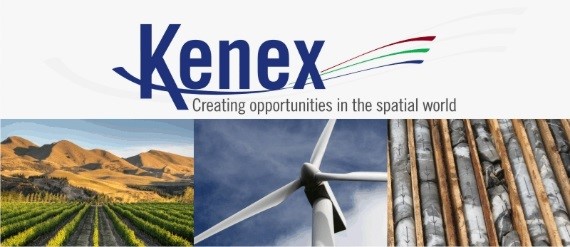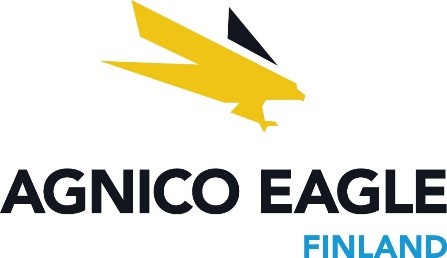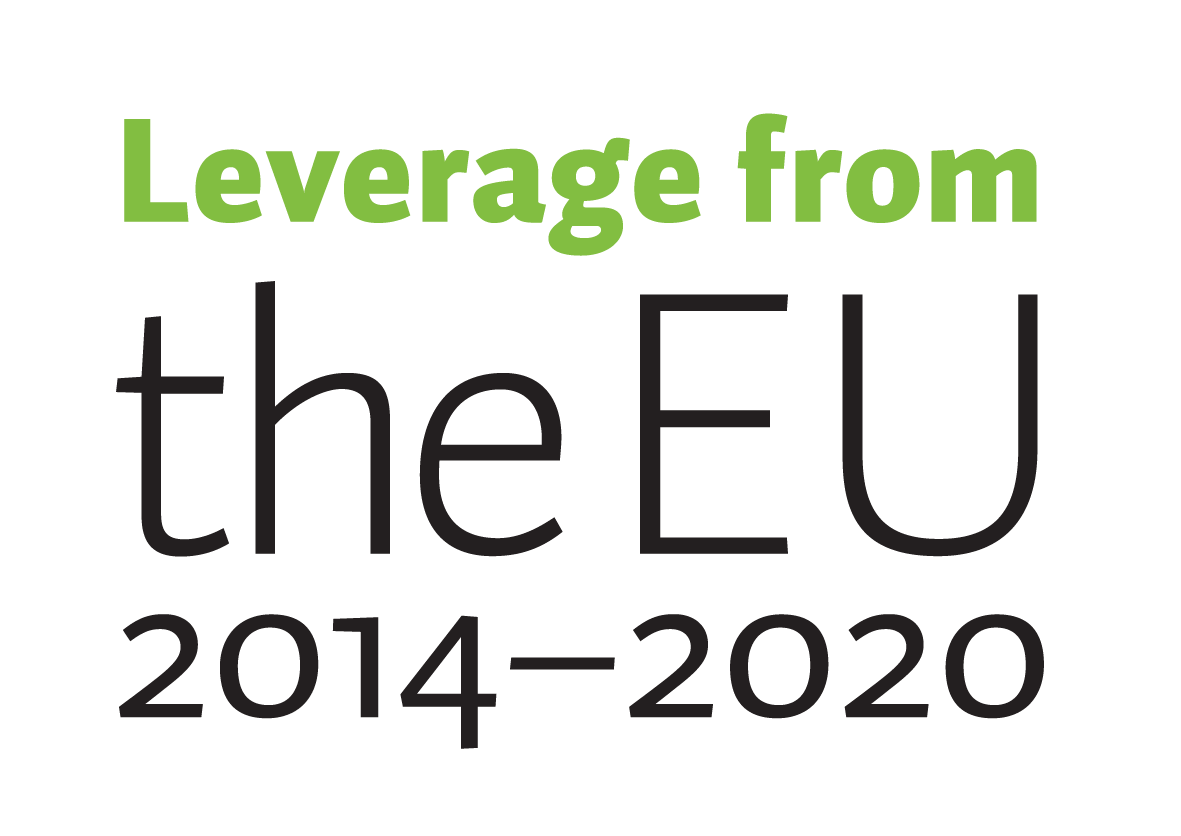Sponsoring companies
![]()
![]()

![]()


![]()
ArcSDM 5

Access to the most recent version of ArcSDM 5 through GitHub https://github.com/gtkfi/ArcSDM
Existing AcSDM tools
The Spatial Data Modeller ArcSDM tool box for ArcGIS was originally developed and released by the U.S. Geological Survey and Geological Survey of Canada (Kemp et al. 2002). Since 2005 the code has been maintained by the University of Campinas, Brazil. Esri Inc. has taken over the maintenance of the Fuzzy logic tools, which are now included in the Spatial Analyst toolbox in ArcGIS.
The previous ArcSDM toolbox is available for download from the web site of the University of Campinas in Brazil (http://www.ige.unicamp.br/sdm/) including Weights-of-Evidence (WofE) tools, a neural network toolbox called GeoXplorer and some utilities. This toolbox runs on ArcGIS 10.3 and provides the essential tools for mineral prospectivity mapping. The current ongoing MPM project re-codes the tools from the previous ArcSDM version into ArcGIS 10.4 and ArcGIS Pro platforms.
The most recent release is called ArcSDM 5 and it can be downloaded from the GitHub (https://github.com/gtkfi/ArcSDM).
New tools
In addition to the already existing tools in the previous versions of ArcSDM we are also implementing new tools. The Receiver Operating Characteristics (ROC) is a technique that can be used to validate spatial models. This requires two sets of validation points: 1) true positive sites are locations of the known mineral deposit sites that were not used for training the model; 2) true negative sites represent locations that are known to be barren. Nykänen et al. (2015) propose using random points as true negative sites if there is not an adequate data set of known barren sites available.
Other possible new tools that we are aiming to implement are non-linear classification techniques including self-organizing maps (SOM). Furthermore, we are looking other possible methods like random forests (RF), support vector machine (SVM), Regularized Least-Squares (RLScore) or other that could be implemented in the toolbox in the future releases.





